Death-cum-retirement gratuity received by Government servants [Section 10(10)(i)]
Section 10(10)(i) grants exemption to gratuity received by Government employee (i.e., Central Government or State Government or local authority).
Gratuity received by a non-Government employee covered by Payment of Gratuity Act, 1972 [Section 10(10)(ii)]
As per section 10(10)(ii), exemption in respect of gratuity in case of employees covered by the Payment of Gratuity Act, 1972 will be lower of following :
- 15 days’ salary × years of service.
- Maximum amount specified, i.e., Rs. 20,00,000*.
- Gratuity actually received.
*Limit increased from Rs. 10 lakhs to Rs. 20 lakhs vide Notification No. 1420(E), dated 29-3- 2018.
Note:
1) Instead of 15 days’ salary, only 7 days salary will be taken into consideration in case of employees of seasonal establishment.
2) 15 days’ salary = Salary last drawn × 15/26
3) Salary for this purpose will include basic salary and dearness allowance only. Items other than basic salary and dearness allowance are not to be considered.
4) In case of piece rated employee, 15 days’ salary will be computed on the basis of average of total wages (excluding overtime wages) received for a period of three months immediately preceding the termination of his service.
5) Part of the year, in excess of 6 months, shall be taken as one full year.
Gratuity received by a non-Government employee not covered by Payment of Gratuity Act, 1972 [Section 10(10)(iii)]
As per section 10(10)(iii), exemption in respect of gratuity in case of employees not covered by the Payment of Gratuity Act, 1972 will be lower of following :
- Half month’s salary for each completed year of service, i.e., [Average monthly salary × ½] × Completed years of service. .
- Rs. 10,00,000.
- Gratuity actually received.
Note:
1) Average monthly salary is to be computed on the basis of average of salary for 10 months immediately preceding the month of retirement.
2) Salary for this purpose will include basic salary, dearness allowance, if the terms of service so provide and commission based on fixed percentage of turnover achieved by the employee.
3) While computing years of service, any fraction of a year is to be ignored.
Pension [Section 10(10A)]:
As per section 10(10A), any commuted pension, i.e., accumulated pension in lieu of monthly pension received by a Government employee is fully exempt from tax.
Exemption is available only in respect of commuted pension and not in respect of un-commuted, i.e., monthly pension.
Exemption in respect of commuted pension in case of a non-Government employee will be as follows:
- If the employee receives gratuity, one third of full value of commuted pension will be exempt from tax under section 10(10A).
- If the employee does not receive gratuity, one half of full value of commuted pension will be exempt from tax under section 10(10A).
Leave salary [Section 10(10AA)]
As per section 10(10AA), leave encashment by a Government employee at the time of retirement (whether on superannuation or otherwise) is exempt from tax. In the hands of non-Government employee exemption will be least of the following:
1. Period of earned leave standing to the credit in the employee’s account at the time of retirement (*) × Average monthly salary ($).
2. Average monthly salary (**) × 10 (i.e., 10 months’ average salary).
3. Maximum amount as specified by the Government, i.e., Rs. 3,00,000.
4. Leave encashment actually received at the time of retirement.
(*)Leave credit to the account of the employee at the time of retirement should be restricted to 30 days per year of service if leave entitlement as per service rules exceeds 30 days per year of actual service.
(**) Salary for the above purpose means average salary drawn in the past ten months immediately preceding the retirement (i.e., preceding the day of retirement) and will include basic salary, dearness allowance (if considered for computing all the retirement benefits) and commission based on fixed percentage of turnover achieved by the employee. Apart from the above items, salary for this purpose does not include any other allowances or perquisites.
Retrenchment compensation [Section 10(10B)]
As per section 10(10B), compensation received at the time of retrenchment is exempt from tax to the extent of lower of the following:
(a) An amount calculated in accordance with the provisions of section 25F(b) of the Industrial Dispute Act, 1947; or
(b) Maximum amount specified by the Central Government (Rs. 5,00,000);
(c) Actual amount received. Under the Industrial Dispute Act, a workman is entitled to retrenchment compensation, equal to 15 days’ average pay for each completed year of continuous service or any part in excess of six months.
Compensation in excess of aforesaid limits is taxable as salary. However, the aforesaid limit is not applicable in cases where compensation is paid under any scheme approved by the Central Government.
Payment at the time of voluntary retirement [Section 10(10C)]
As per section 10(10C), any compensation received at the time of voluntary retirement or termination of service is exempt from tax, if the following conditions are satisfied: Compensation is received at the time of voluntary retirement or termination (or in the case of an employee of public sector Company, at the time of voluntary separation).
- Compensation is received by an employee of following undertakings-
a) public sector company ; or
b) any other company ; or
c) an authority established under a Central, State or Provincial Act ; or
d) a local authority ; or
e) a co-operative society ; or
f) a University established or incorporated by or under a Central, State or Provincial Act and an institution declared to be a University under section 3 of the University Grants Commission Act, 1956 (3 of 1956) ; or
g) an Indian Institute of Technology within the meaning of clause (g) of section 3 of the Institutes of Technology Act, 1961 (59 of 1961) ; or
h) any State Government; or
i) the Central Government; or
j) Notified institutes having importance throughout India or in any State or States,
k) Notified institute of management
- Compensation is received in accordance with the scheme of voluntary retirement/separation, which is framed in accordance with guidelines prescribed under Rule 2BA of Income-tax Rules, 1962*.
- Maximum amount of exemption is Rs. 5,00,000.
- Where exemption is allowed to an employee under section 10(10C) for any assessment year, no exemption under this section shall be allowed to him for any other assessment year.
- With effect from assessment year 2010-11, section 10(10C) has been amended to provide that where any relief has been allowed to an assessee under section 89 for any assessment year in respect of any amount received or receivable on his voluntary retirement or termination of service or voluntary separation, no exemption under section 10(10C) shall be allowed to him in relation to such or any other assessment year.
*Guidelines prescribed under Rule 2BA of Income -tax Rules. 1962
Voluntary retirement scheme should be framed in accordance with the following guidelines:
i. it should apply to an employee who has completed 10 years of service or completed 40 years of age. This requirement would not be in case of amount received by an employee of a public sector company under the scheme of voluntary separation framed by such public sector company.
ii. it should apply to all employees (by whatever name called) including workers and executives of a company or of an authority or of a co-operative society, as the case may be, excepting directors of a company or of a co-operative society;]
iii. the scheme of voluntary retirement or voluntary separation should be drawn to result in overall reduction in the existing strength of the employees;
iv. the vacancy caused by the voluntary retirement or voluntary separation is not to be filled up;
v. the retiring employee of a company shall not be employed in another company or concern belonging to the same management
vi. the amount receivable on account of voluntary retirement or voluntary separation of the employee does not exceed the amount equivalent to
- 3 months salary* for each completed year of service or
- salary at the time of retirement multiplied by the balance months of service left before the date of his retirement
*Salary for this purpose will include basic salary, dearness allowance, if the terms of service so provide and commission based on fixed percentage of turnover achieved by the employee.
Tax on perquisites paid by the employer [Section 10(10CC)]
Perquisites to employees mean any facility provided by the employer to the employees. There are two types of perquisites, viz., monetary and non-monetary. Value of perquisite is charged to tax in the hands of the employees, however, the employer may at his will pay tax (on behalf of employees) on such perquisites. In such a case, the amount of tax paid on such perquisites by the employer on behalf of the employees will be treated as income of the employees and is charged to tax in his (i.e., in employee’s) hands.
However, by virtue of section 10(10CC) tax paid by employer (on behalf of employee) on non-monetary perquisites will be exempt from tax in the hands of employees. Such tax paid by the employer shall not be allowed as a deductible expenditure in the hands of employer under section 40. Section 10(10CC) provides exemption only in respect of tax on non- monetary perquisites. In other words, this section does not provide exemption in respect of perquisites or tax paid on monetary perquisites.
Payment from approved superannuation fund in specified circumstances and subject to certain limits [Section 10(13)]
Approved superannuation fund means superannuation fund which is approved by the Commissioner of Income-tax. Tax treatment of such fund is as follows:
- Employer’s contribution is exempt from tax, however, from assessment year 2010-11 employer’s contribution in excess of Rs. 1,50,000 per annum is charged to tax as perquisite. Employee’s contribution qualifies for deduction under section 80C and interest on accumulated balance is not liable to tax.
- Payments made from the fund are exempt from tax under section 10(13) in following cases: Payment on death of beneficiary; or
- Payment to employee in lieu of, or in commutation of an annuity on his retirement at or after the specified age or on his becoming incapable prior to such retirement; or
- Payment by way of refund of contributions on the death of a beneficiary; or
- Payment to employee by way of refund of his contributions on leaving the service in connection with which the fund is established otherwise than by retirement at or after a specified age or on his becoming incapacitated prior to such retirement; or
- Payment to employee by way of transfer to his account under a pension scheme referred to in section 80CCD.
House rent allowance [Section 10(13A)]
As per section 10(13A), read with rule 2A, the exemption in respect of HRA will be lower of the following amounts:
(1) 50% of salary, when residential house is situated at Mumbai, Kolkata, Delhi or Chennai and 40% of salary where residential house is situated at any other place.
(2) HRA actually received by the employee in respect of the period during which rental accommodation is occupied by the employee during the previous year.
(3) Rent paid in excess of 10% of salary.
Salary will include basic salary, dearness allowance forming part of salary while computing all retirement benefits and commission based on fixed percentage of turnover achieved by the employee.
Apart from this, salary for this purpose does not include any other allowances/perquisites. Salary for this purpose shall be computed on due basis in respect of period during which the accommodation is occupied by the employee in the previous year.
Hence, any payments not pertaining to the previous year or not pertaining to the period of occupation of the accommodation shall be excluded.
Prescribed allowances or benefits [Section 10(14)]
| Allowances | Exemption Limit |
| Children Education Allowance | Up to Rs. 100 per month per child up to a maximum of 2 children is exempt |
| Hostel Expenditure Allowance | Up to Rs. 300 per month per child up to a maximum of 2 children is exempt |
| Transport Allowance granted to an employee to (who is a blind and handicap) meet expenditure on commuting between place of residence and place of duty | Rs. 3,200 per month for blind and handicapped employees is exempt |
| Allowance granted to an employee working in any transport business to meet his personal expenditure during his duty performed in the course of running of such transport from one place to another place provided employee is not in receipt of daily allowance. | Amount of exemption shall be lower of following: a) 70% of such allowance; or b) Rs. 10,000 per month. |
| Conveyance Allowance granted to meet the expenditure on conveyance in performance of duties of an office | Exempt to the extent of expenditure incurred for official purposes |
| Travelling Allowance to meet the cost of travel on tour or on transfer | Exempt to the extent of expenditure incurred for official purposes |
| Daily Allowance to meet the ordinary daily charges incurred by an employee on account of absence from his normal place of duty | Exempt to the extent of expenditure incurred for official purposes |
| Helper/Assistant Allowance | Exempt to the extent of expenditure incurred for official purposes |
| Research Allowance granted for encouraging the academic research and other professional pursuits | Exempt to the extent of expenditure incurred for official purposes |
| Uniform Allowance | Exempt to the extent of expenditure incurred for official purposes |
| Special compensatory Allowance (Hilly Areas) (Subject to certain conditions and locations) | Amount exempt from tax varies from Rs. 300 to Rs. 7,000 per month. |
| Border area, Remote Locality or Disturbed Area or Difficult Area Allowance (Subject to certain conditions and locations) | Amount exempt from tax varies from Rs.200 to Rs. 1,300 per month. |
| Tribal area allowance in (a) Madhya Pradesh (b) Tamil Nadu (c) Uttar Pradesh (d) Karnataka (e) Tripura (f) Assam (g) West Bengal (h) Bihar (i) Odisha | Up to Rs. 200 per month |
| Compensatory Field Area Allowance. If this exemption is taken, employee cannot claim any exemption in respect of border area allowance (Subject to certain conditions and locations) | Up to Rs. 2,600 per month |
| Compensatory Modified Area Allowance. If this exemption is taken, employee cannot claim any exemption in respect of border area allowance (Subject to certain conditions and locations) | Up to Rs. 1,000 per month |
| Counter Insurgency Allowance granted to members of Armed Forces operating in areas away from their permanent locations. If this exemption is taken, employee cannot claim any exemption in respect of border area allowance (Subject to certain conditions and locations) | Up to Rs. 3,900 per month |
| Underground Allowance to employees working in uncongenial, unnatural climate in under ground mines | Up to Rs. 800 per month |
| High Altitude Allowance granted to armed forces operating in high altitude areas (Subject to certain conditions and locations) | a) Up to Rs. 1,060 per month (for altitude of 9,000 to 15,000 feet) b) Up to Rs. 1,600 per month (for altitude above 15,000 feet) |
| Highly active field area allowance granted to members of armed forces (Subject to certain conditions and locations) | Up to Rs. 4,200 per month |
| Island Duty Allowance granted to members of armed forces in Andaman and Nicobar and Lakshadweep group of Island (Subject to certain conditions and locations) | Up to Rs. 3,250 per month |
Join our Practical GST Course:
with lifetime validity: https://cagurujiclasses.com/courses/gst-course-2022/
With limited validity: https://studywudy.com/courses/gst/
Join our Practical Income Tax, ITR & TDS Course:
with lifetime validity: https://cagurujiclasses.com/courses/practical-course-income-tax-itr-tds/
With limited validity: https://studywudy.com/courses/incometax/
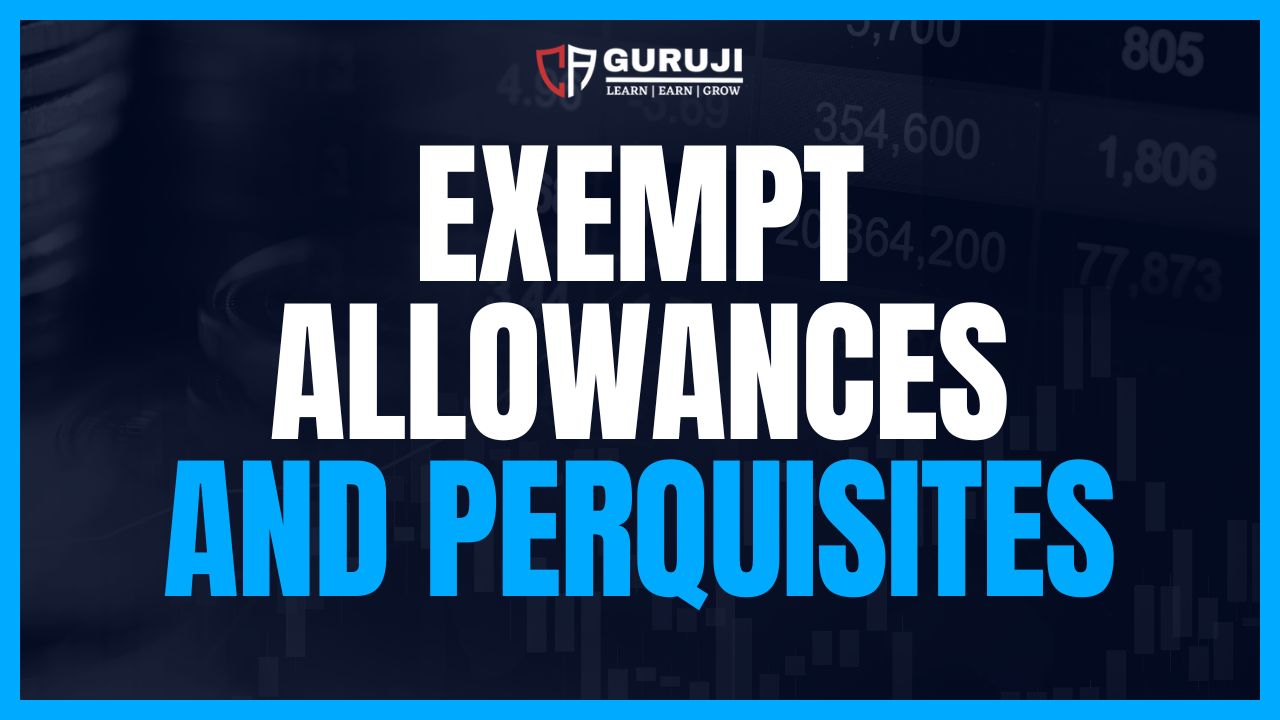

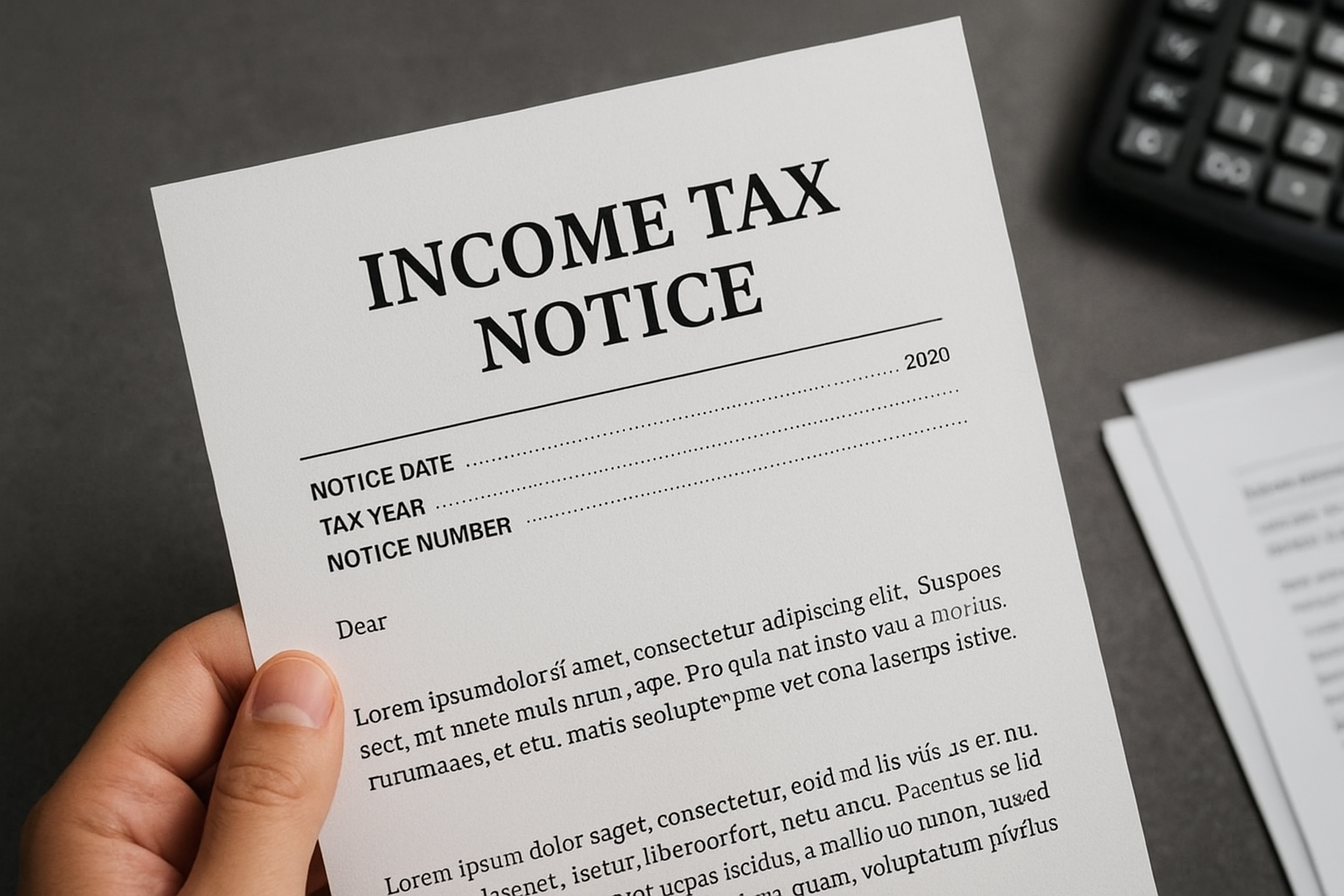
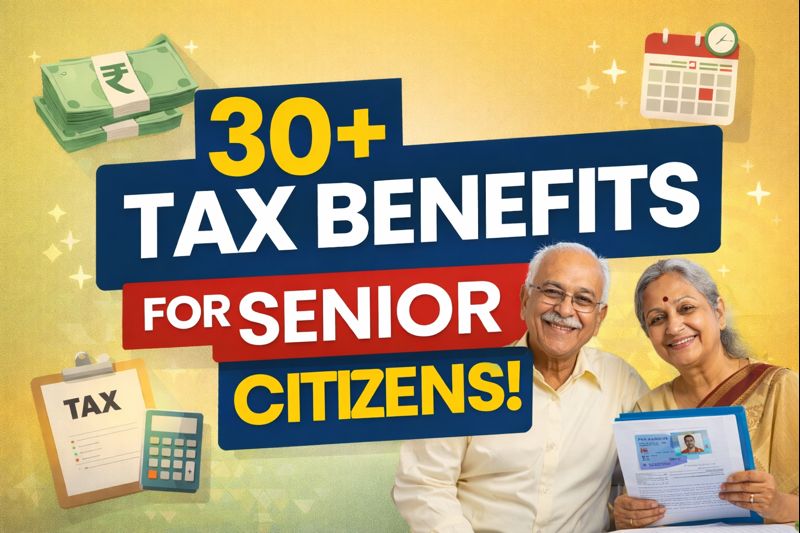
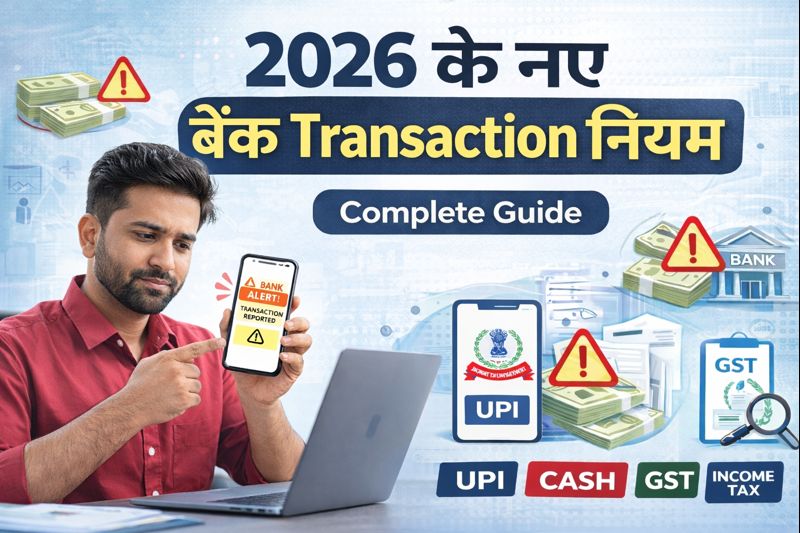
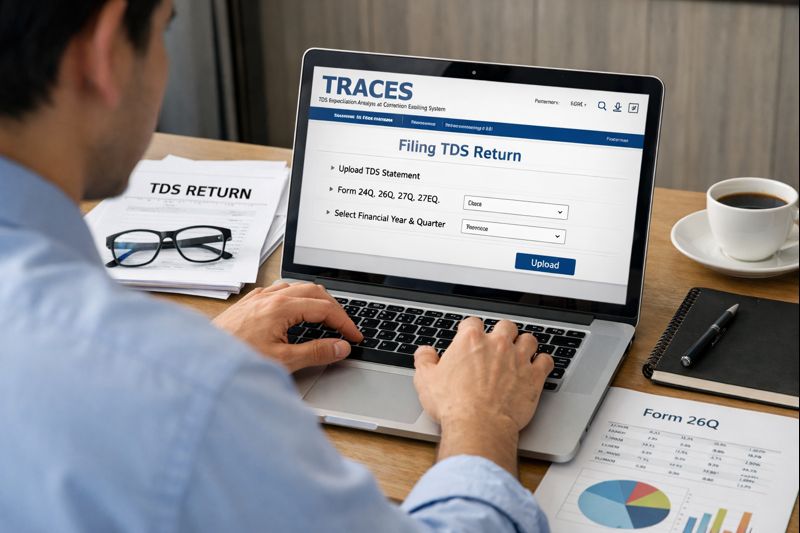
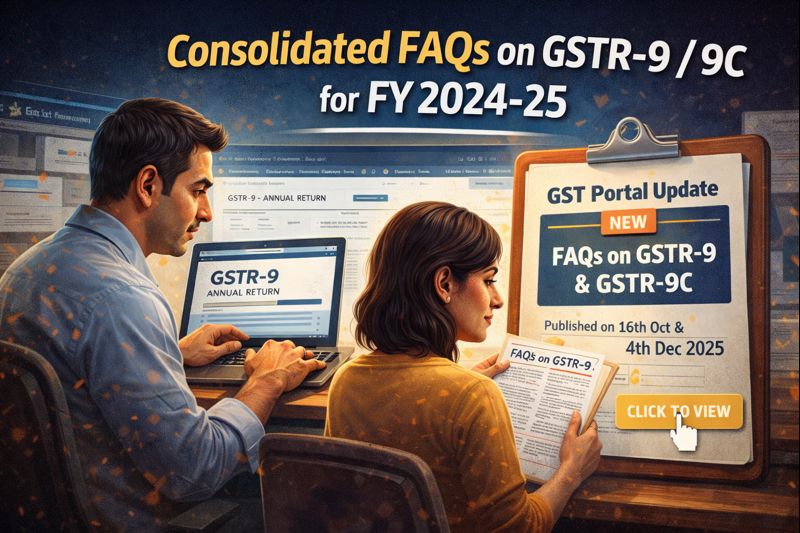
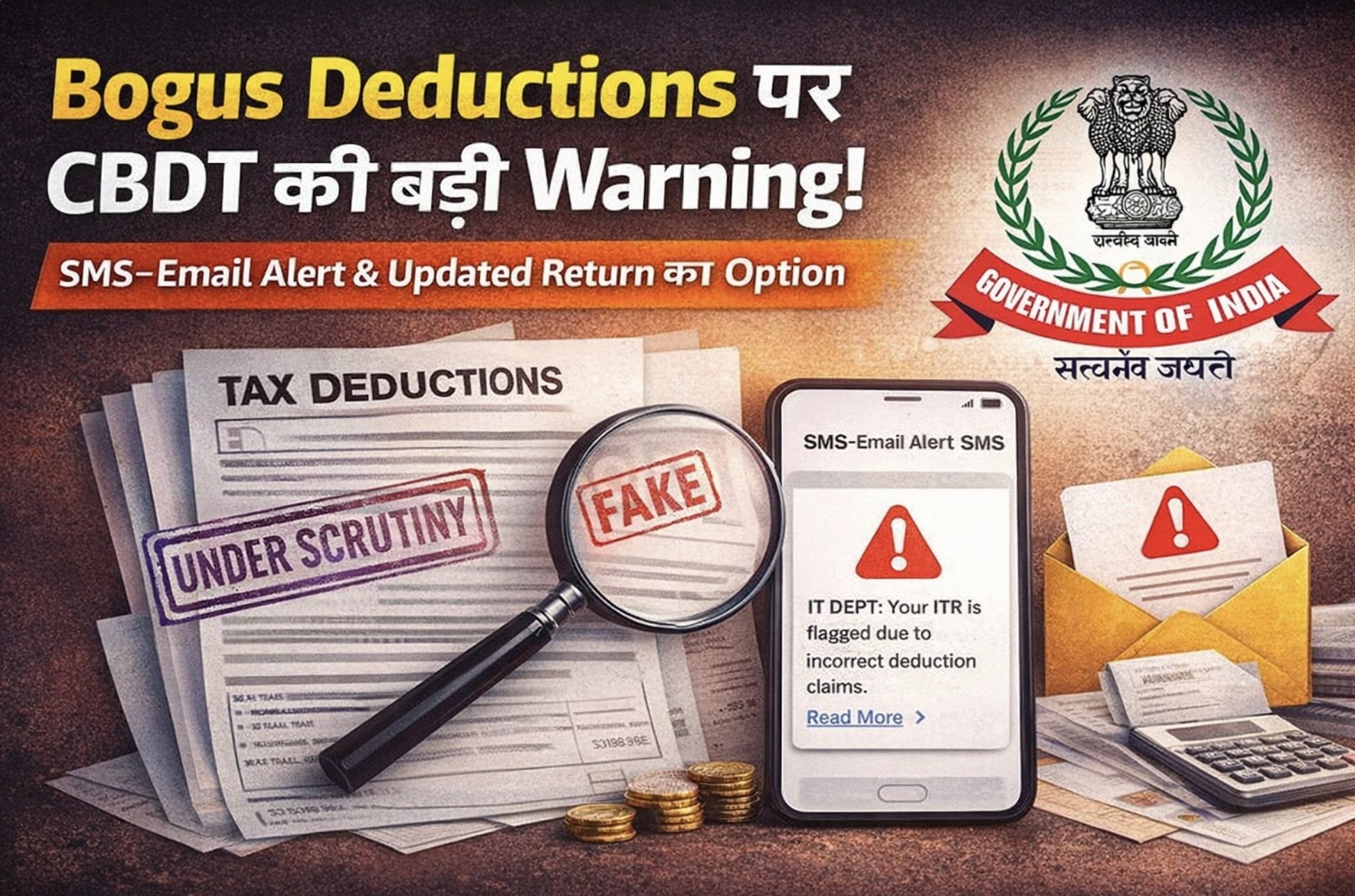
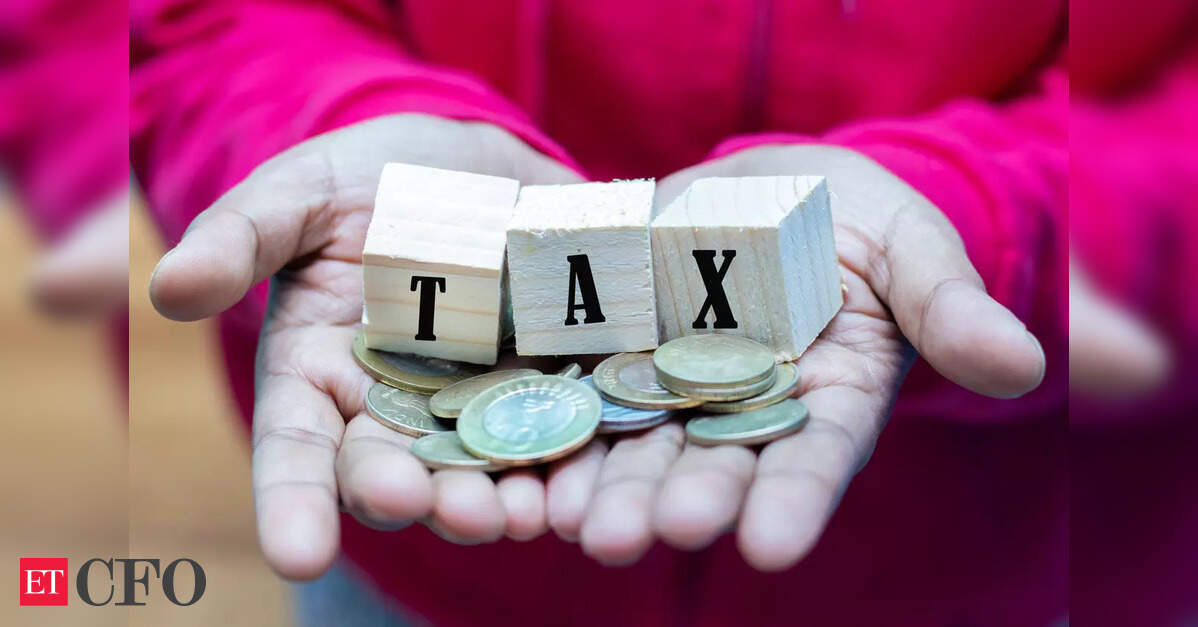
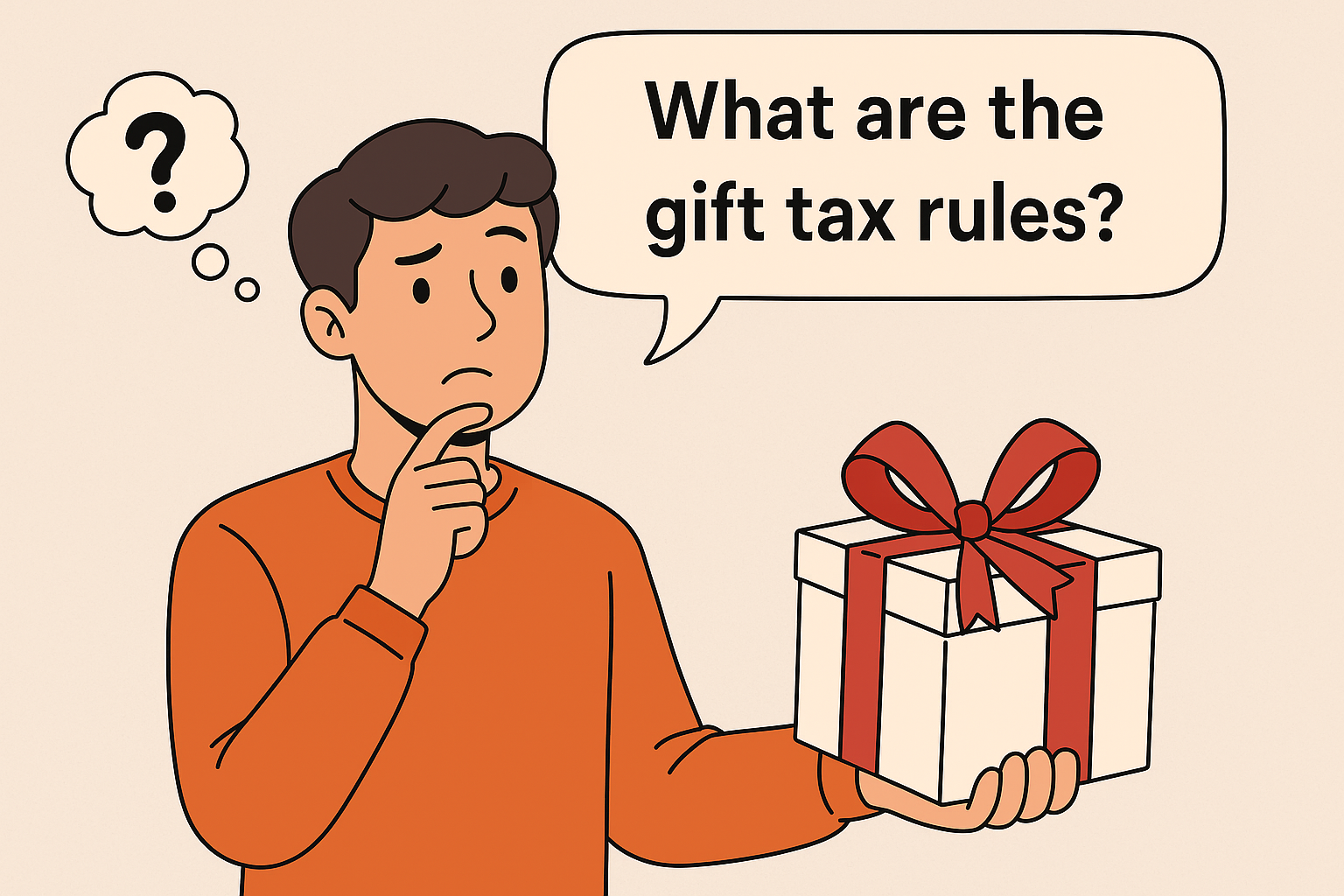
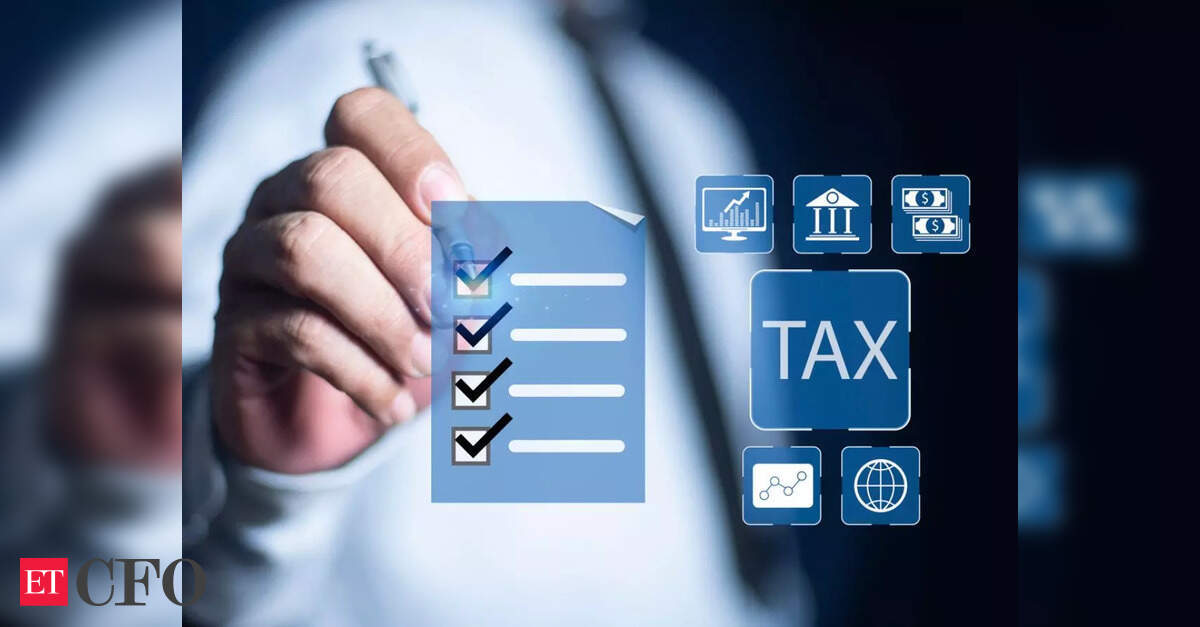
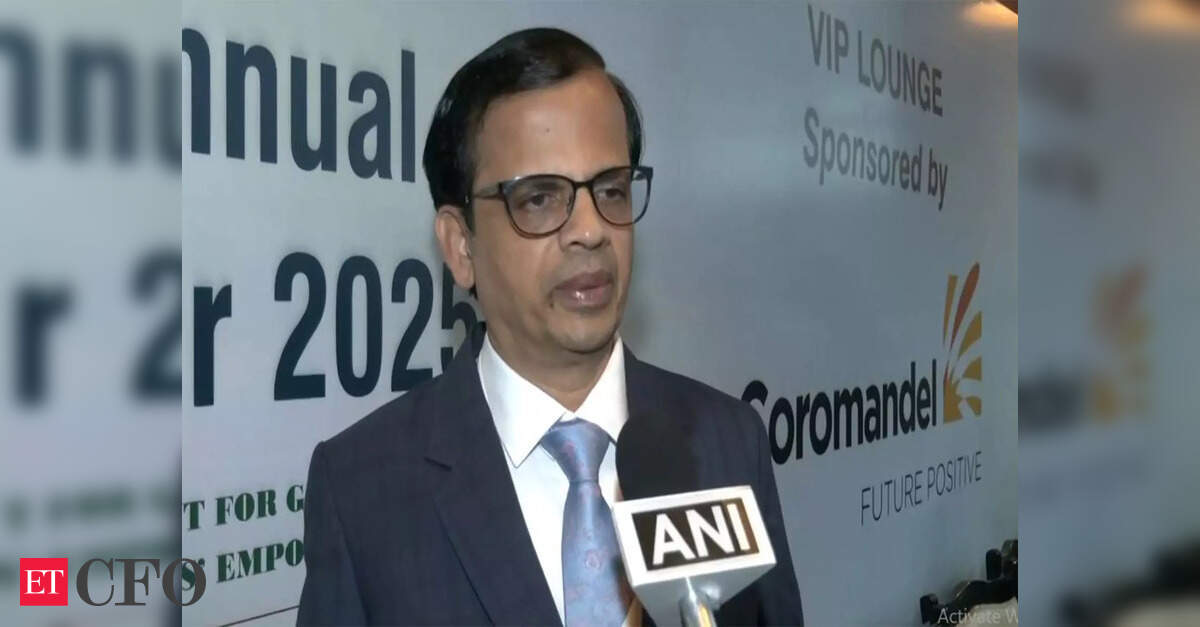
Hi Mam,
Will you plz help for helper allowance How we give and required Documents..